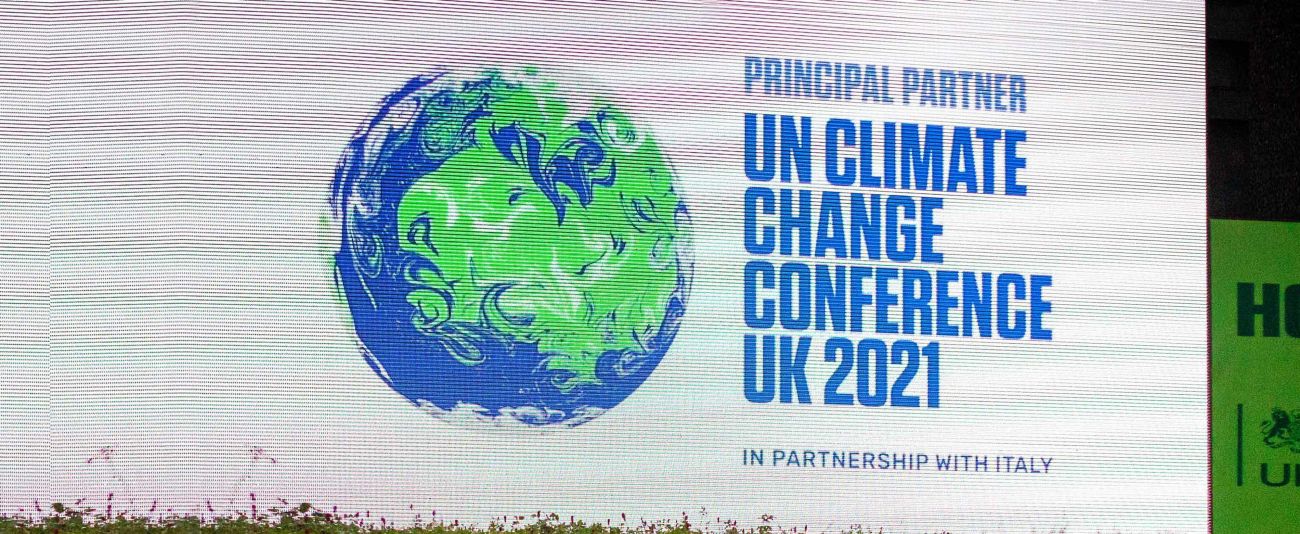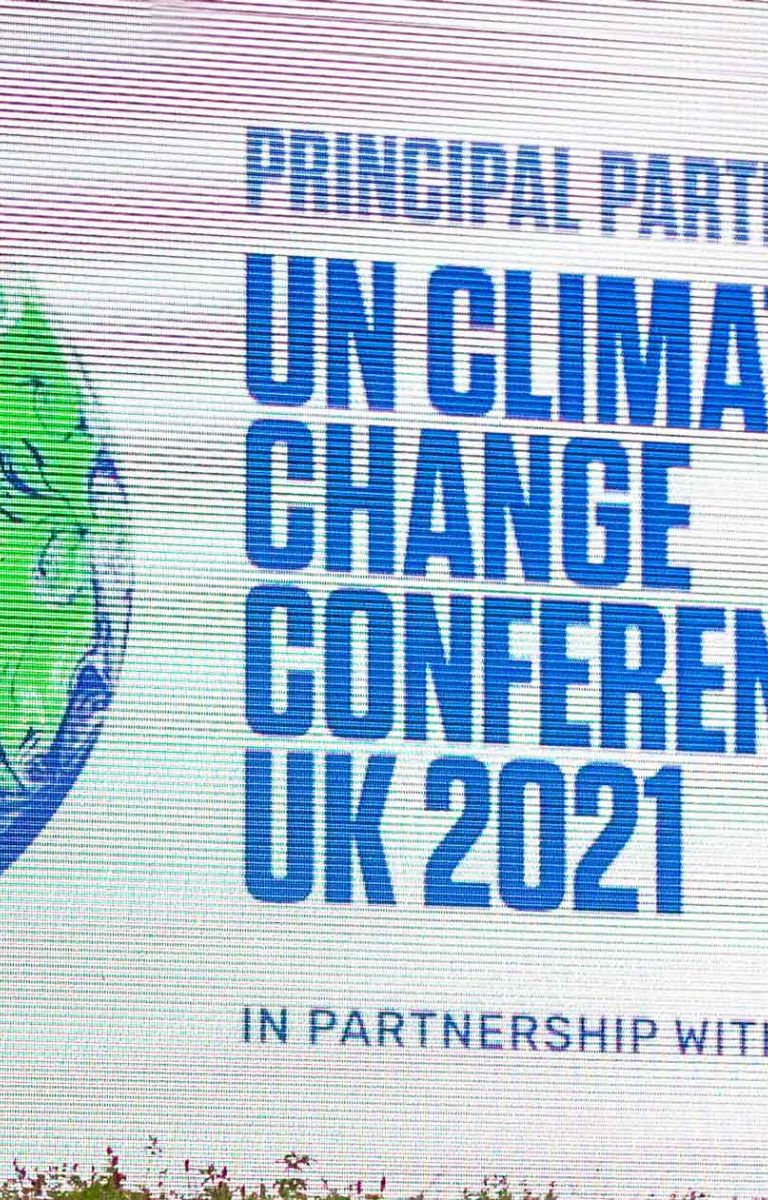

- COP26 was a qualified success for the land-use sector.
- Ambitious and potentially game-changing pledges included the Glasgow Leaders’ Declaration on Forests and Land Use, corporate commitments on forest-risk commodities, donor pledges of US$1.7 billion for Indigenous Peoples and local communities and an international commitment to slash global methane emissions.
- A growing push towards integrated, cross-sectoral approaches bodes well for the land-use sector.
COP26 was a qualified success for the land-use sector. There were significant development but there was also growing realism about the collective insufficiency of the submitted NDCs—both in the Asia–Pacific region and globally. At the same time, awareness of the crucial role of the land-use sector, including forestry and agriculture, in addressing climate change has finally gained momentum.
Key outcomes for the sector include:
- The Glasgow Leaders’ Declaration on Forests and Land Use, which places the forest sector in the global spotlight, with 141 countries committing “to halt and reverse forest loss and land degradation by 2030”
- Corporate pledges to end deforestation linked to the production of agricultural commodities
- Commitments of funds, such as the US$1.7 billion that governments and philanthropic foundations pledged to Indigenous Peoples and local communities to support their tenure rights and recognize and reward them as guardians of forests and nature
- The Global Methane Pledge, in which 111 countries committed to reduce methane emissions in the agriculture sector, among others, by 30 percent by 2030
For the Asia–Pacific region specifically, the allocation of dedicated funds reflects recognition of the region’s importance in addressing climate change. The United Kingdom, for example, announced £274 million to support climate initiatives in the region.

“An important outcome is the Forests, Agriculture and Commodity Trade Statement, signed by 27 countries and the European Union and representing 75 percent of trade in forest-risk commodities, with a view to growing sustainable trade and market development and the traceability and transparency of agricultural commodity supply chains.” — Chris Dickinson, Ecosystems Management Senior Specialist, Green Climate Fund
The focus on the land-use sector to address climate change sharpened significantly at COP26, including through growing interest and investment in nature-based solutions, such as agroforestry and green infrastructure. However, research and assessment are required to understand the trade-offs and to quantify the climate contributions of nature-based solutions in the land-use sector.
There is also growing convergence of interconnected action to address the link between commodity production and deforestation and associated carbon emissions. Governments had previously pledged to reduce deforestation and to restore forests through the New York Declaration on Forests and the Bonn Challenge. Something different now is the coupling of national pledges with corporate commitments to supply chain accountability and regulatory approaches, such as the proposed European Union regulations on deforestation-free products.
Despite these successes, more and faster-paced progress is needed on several fronts. The Nationally Determined Contributions, collectively, are not enough to meet the Paris Agreement’s 1.5°C target. Far greater ambition is required. According to the Emissions Gap Report 2019, additional emissions reductions equivalent to 28 gigatonnes of carbon dioxide are required, when compared to the unconditional Nationally Determined Contributions scenario. Additional reductions equivalent to 25 gigatonnes of carbon dioxide are needed under the conditional Nationally Determined Contributions scenario. The language of climate commitments has grown much stronger, yet these words must now be translated into action.
“What we aspire to most is to translate the talk from COP26 into action on the ground, particularly to smallholder farmers, by scaling up climate-smart agricultural practices through enhanced private sector investment, public–private partnerships, climate finance and technology transfer.” — Margaret Yoovatana, Senior Policy and Plan Specialist, Department of Agriculture, Thailand
The experts said we have entered a critical phase in which mechanisms to hold states and corporate entities accountable are necessary. This was reinforced by Chris Dickinson from the Green Climate Fund, who said that funding is not the barrier—commitments and actual funds are growing exponentially. Instead, what is needed to expedite climate solutions is political will and changes to economic structures and incentive systems.
